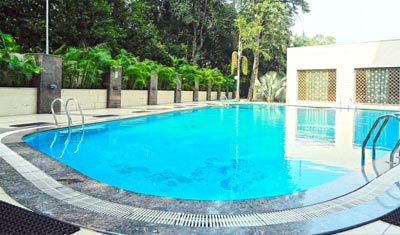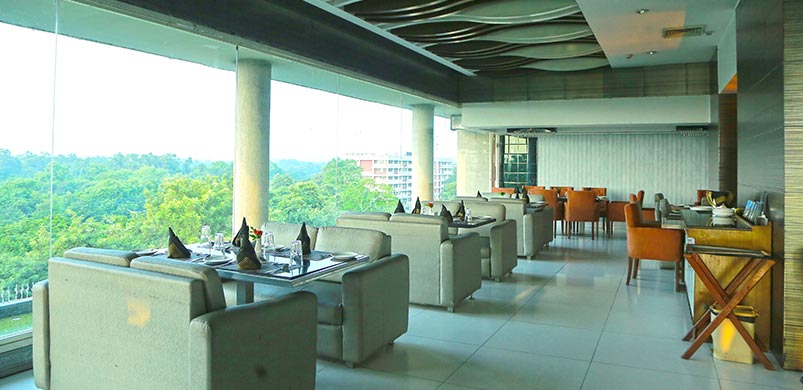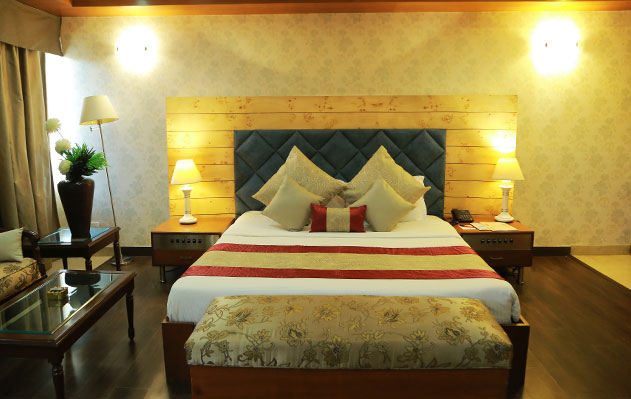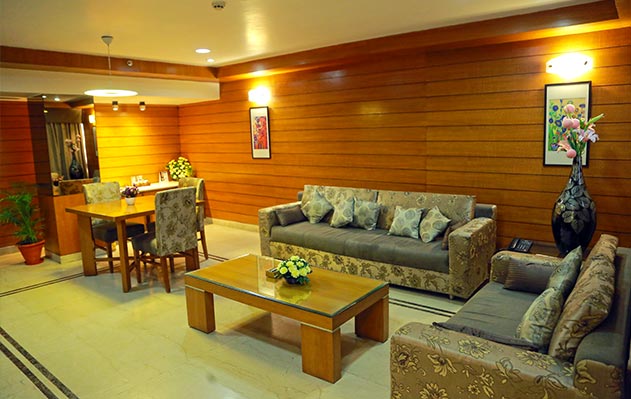

about hotel Shivalikview
Sector-17E, Chandigarh.
Hotel Shivalikview, located within city’s hub of business, shopping and entertainment in Sector – 17, offers a stylish, intimate base for business experience as well as exploring the attractions & tourist spots of the “City Beautiful”.
The hotel is a 25 minutes’ drive from the Airport and 15 minutes’ from the Railway Station and is a walking distance from Inter-state bus terminus.
An ideal destination for organizing meetings, conventions and exhibitions with a focus on MICE with unmatched personalized services which add to the inherent warmth.
The hotel is reputed for impeccable standards of services and luxury.
Classification of Rooms | |
|---|---|
Suite | 04 |
Deluxe | 56 |
Standard | 48 |
Total | 108 |
F&B Outlets | |
|---|---|
Cloud 9 (Roof Top) | 140 Covers |
Bazm (Adj. Pool) | 80 Covers |
Le Cafe (24×7) | 72 Covers |
Detail of Banquet Halls | |
|---|---|
Majlis | 300 Pax Capacity |
Adab arz | 100 Pax Capacity |
Anjuman | 80 Pax Capacity |
Executive Lounge | 30 Pax Capacity |
Rain Forest | 30 Pax Capacity |
Conference room | 20 Pax Capacity |
AT A GLANCE


hotel attractions

Bazm Restaurant
(Ground Level)
Bazm Restaurant – An array of culinary delights and sumptuous buffet makes this 80 cover multi – cuisine Restaurant an ideal venue for the luncheon meeting or a relaxed dinner amidst the pool-side view. The Restaurant serves Indian choices and other cuisines. For an exotic ambience, a lavish buffet is spread out during lunch and dinner. A well-stocked Bar compliments the spirits.
Bazm Bar – A well stocked bar at Lobby, an ideal way to relax and engage in tete-e-tete with your close ones
Le Cafe
(Ground Level)
Le-Café – 24hrs Coffee Shop, offers a rich fair of South Indian & Continental delicacies. The Coffee Shop serves delectable confectionery and other savouries.


Cloud 9
(Level 6)
Cloud – 9 – 140 covers Roof Top Restaurant is popular for fusion cuisine and also offers tranquil sights of the Shivaliks. The restaurants besides capturing the captivating aerial view of the City Beautiful serve sumptuous cuisine – Frontier and India Fair, accompanied by vibrant array of Italian, Tex-Mex and continental specialties to the delight of the most discerning palates . Signatures dishes include
Lahori gosht , Akhrot ke kebab , king prawn , basil fish fingers and Khajur Rabri is most favourite dessert.
The bar has choicest International and Premier liquor and wines which allows you to sit and relax with perfect ambience and comfort. The best dining experience for the guests in the city.
ACCOMMODATION & AMENITIES
Tea / coffee makers in rooms
FREE WIFI
All weather pool
Minibar
24-hours room service
Doctor on Call
Health fitness Gym
Newspaper
Multi cuisine Restaurant
Daily housekeeping
NEAR BY
- ISBT Sector 17: 1.3 KM
- Rose Garden: 1.4 KM
- Rock Garden: 3.8 KM
- ISBT Sector 43: 5.5 KM
- Elante Mall: 6.6 KM
- Sukhna Lake: 6.3 KM
- Railway Station: 10 KM
- International Airport: 21.7 KM
Special Rates on Online Bookings
Tariff/ Taxes subject to change without notice.
*Taxes as applicable




